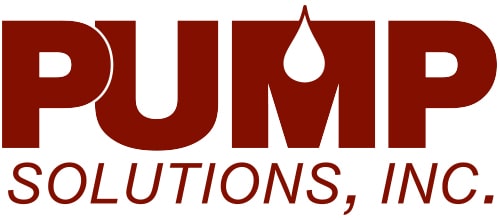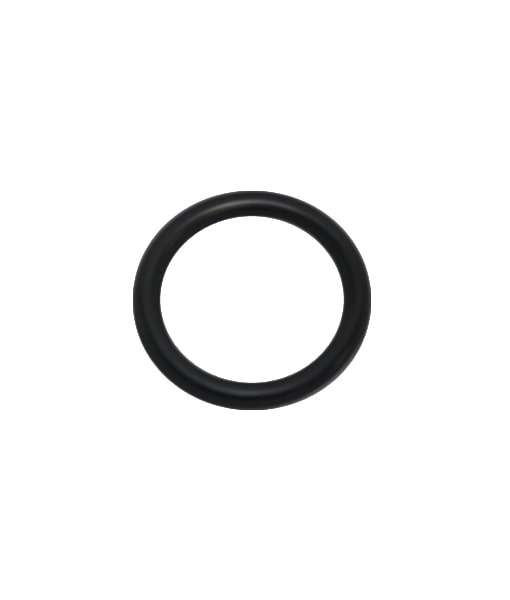Orig MFG: Nomad®
Part: O-Ring
O-Ring Replacements: O-rings are one of the most common fluid seals. They prevent leaks in everything from pumps and valves to cylinders and connectors. These compact, economical pump components handle both static and dynamic operations, in both pneumatic and hydraulic applications.
More Information About O-Rings
“These simple seals consist of a donut-shaped ring (technically, a toroid) with a circular cross section. They’re typically made of elastomers like Buna N, Neoprene or silicone, but they also come in plastics like PTFE, metals and other materials. Sizes range from fractions of an inch in diameter to several meters across.
O-rings seal by mechanical deformation that creates a barrier to a fluid’s potential leak path between two closely mated surfaces. O-rings are typically installed in a groove that’s machined or molded in one of the surfaces to be sealed. Their rubber-like properties let the devices compensate for dimensional variations in the mating parts.
When properly sized, the clearance between the surfaces is less the OD of the O-ring. Thus, as the two surfaces contact, forming a gland, they compress the O-ring, which deforms the round cross section. This diametrically squeezes the seal, and the resulting force ensures surface contact with the inner and outer walls of the gland.
With little or no pressure, the natural resiliency of the elastomer compound provides the seal and keeps fluid from passing by. Increasing the squeeze (say, by using a larger diameter O-ring in the same-size groove) increases deformation and sealing force. But that can lead to problems in higher-pressure dynamic applications.
Interference between the seal and mating surfaces lets the O-ring continue to operate leak-free. At higher pressures, the O-ring deforms to a somewhat “D” shape, and contact area between elastomer and gland surfaces may double from initial zero-pressure conditions. Due to the elastomer’s resiliency, releasing pressure lets the O-ring return its original shape, ready for the next pressure cycle. It also lets properly designed O-rings seal in both directions.”
-Excerpt from Fluid Power World
| Weight | N/A |
|---|

